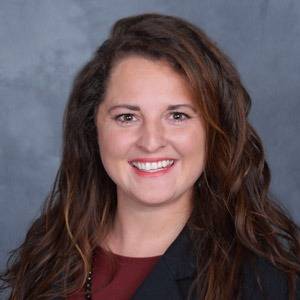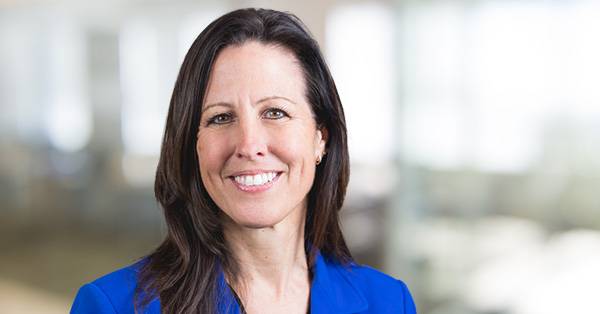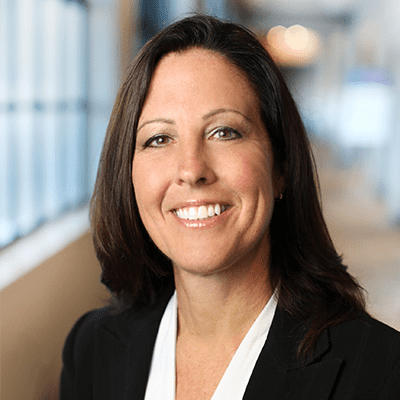- Solutions
- Solutions
- Home Health
- Hospice
- Life Plan Community
- Palliative Care
- Private Duty
- Senior Living
- Skilled Nursing
- Skilled Nursing
- Skilled Nursing Software
- Advanced Insights
- Customer relationship management
- Data and analytics
- Financial & operations management
- Marketing
- Nutrition management
- Referral management
- Regulatory compliance
- Retail management
- Resident engagement
- Revenue cycle management
- Skilled nursing interoperability
- Partners
- Blogs
- Resources
- About
- User Conference

Why connected care is essential for senior care providers
4 Reasons why SNFs & long-term care providers are embracing connected care
Connected care, or the delivery of personalized patient care via technology, is quickly becoming the standard in the United States. And for a good reason: Delivering real-time solutions that leverage new technologies like automation and AI, connected care can improve outcomes, solve labor challenges and meet patient demand for a better experience, all at the same time.
Pioneered largely by hospitals and physician groups, connected care is now quickly being adopted by home health providers, as well as skilled nursing, and long-term care facilities. And for leaders of these organizations who haven’t yet embraced connected care, here are a few good reasons why it’s time to reconsider that stance.
4 Benefits of connected care for SNFs & long-term care providers
#1: The marketplace wants connected care
As most leaders are well aware, acute care providers have become more selective when choosing where to discharge patients. Among other challenges, this has made it essential for organizations to establish strong referral relationships with one another, and to work harder to achieve a more effortless, more secure transfer of patient information among involved all parties.
As seen in the 2021 Skilled Nursing Interoperability Report, this desire for a more seamless, better-integrated referral process extends to everyone involved:
- 70% of referring physicians want post-acute care providers to accept electronic referrals
- 71% of SNF leaders say electronic data and document exchange is important to referral sources
- 78% of providers say they would refer more to SNFs with advanced interoperability and seamless data exchange
The message is clear—acute care providers want high-quality connected care. They want to facilitate electronic referrals, documents, signatures, and approvals. And when that’s in place, they want patient records to be safely and automatically integrated between that and their own EHR/EMR systems. In other words, the marketplace is demanding connected care.
#2: A tool to improve patient care & outcomes
Fact: Most of the issues that impact the quality of care affecting facilities happen during transitions. And among these issues, the biggest problem areas include the reconciliation of medicines, supplements, drug interactions, and allergies.
The reason for these errors is clear. Traditionally, these processes were performed manually, and subject to data entry errors, or missed or incomplete information. In most cases, someone is literally looking at a document and scribbling out notes. Any time manual reconciliation is required, it’s easy to make a mistake. And those mistakes can and do affect outcomes.
By leveraging direct secure messaging and automatically parsing all CCDs, connected care helps eliminate this common challenge facing long-term care providers. Instead of someone looking through 50 or 60 pages of documents and trying to come up with a summary—and risking missing critical info—connected care normalizes the data automatically, then presents it in finished form to the clinical team.
#3: A means to alleviate workforce challenges
That efficiency isn’t just good for accuracy and outcomes, but also for workforce management. Because of workforce challenges resulting from the Covid-19 pandemic, senior care providers are now competing with the service and retail industries for workers.
Connected care can help offset this challenge, shortening intake cycles by reducing the time needed to perform mundane tasks. This means organizations can do much more with fewer workers. With these efficiencies in place, the same person could realistically admit three residents in the time it now takes to admit just one—see the chart below for a breakdown.

Our calculations show that a sophisticated connected care system can reduce the work time needed for patient intake from around five and a half hours, to just 90 minutes. Using automated document retrieval, electronic signatures, and seamless synchronization, the process becomes faster, more accurate, more efficient, and far less demanding on a workforce.
#4: A chance to leverage automation and AI
As we’ve seen, much of the power of connected care lies in its ability to leverage automation to simplify basic tasks, and then make them faster and more accurate. When applied across the entire referral process, this automation can also fit into a larger framework of artificial intelligence (AI) to further improve operational efficiencies.
Under the old model, someone has to manually read and evaluate each referral—with the utmost accuracy—and then hunt down every applicable document. In the process, they have to read and analyze what are sometimes 75-page PDFs to find the info they need. While there are definitely people who can do this, and do it well, with connected care they don’t have to.
Leveraging AI within a connected care system also gives organizations the power to easily and instantly search and cross-reference key info, and to set rules by which certain documents are flagged for closer review. This doesn’t just save time but also boosts accuracy and protection against risk by lowering error rates and ensuring closer monitoring of patient care.
The bottom line? By using AI and automation to save time and provide intelligent feedback on potential issues that need to be examined, connected care offers not just a much faster referral process, but better protection against unforeseen errors, too. And that can mean fewer readmissions and other positive outcomes that ultimately drive an organization’s bottom line.
Ready to start your connected care journey?
Interested in learning more about how MatrixCare can help your organization implement a connected care solution?
Request a demo today for a closer look at MatrixCare.
See what MatrixCare can do for you
Bradley Lawton
Bradley Lawton joined MatrixCare in 2017 as part of the acquisition of SigmaCare and currently serves in the role of director of product strategy and portfolio management. Bradley’s diverse background in healthcare includes the development and implementation of patient portals, the integration of bluetooth technology devices to personal health records and risk analysis for population health management. Bradley is a Six Sigma Greenbelt, has a degree in Industrial Engineering Technology, and Certifications for the leading CRM Systems. He resides in Mobile, Alabama with his wife Krystal.
Related Posts



See MatrixCare in action
Start by having a call with one of our experts to see our platform in action.
MatrixCare offers industry-leading software solutions. Thousands of facility-based and home-based care organizations trust us to help them improve efficiency and provide exceptional care.
© 2025 MatrixCare is a registered trademark of MatrixCare. All rights reserved.





